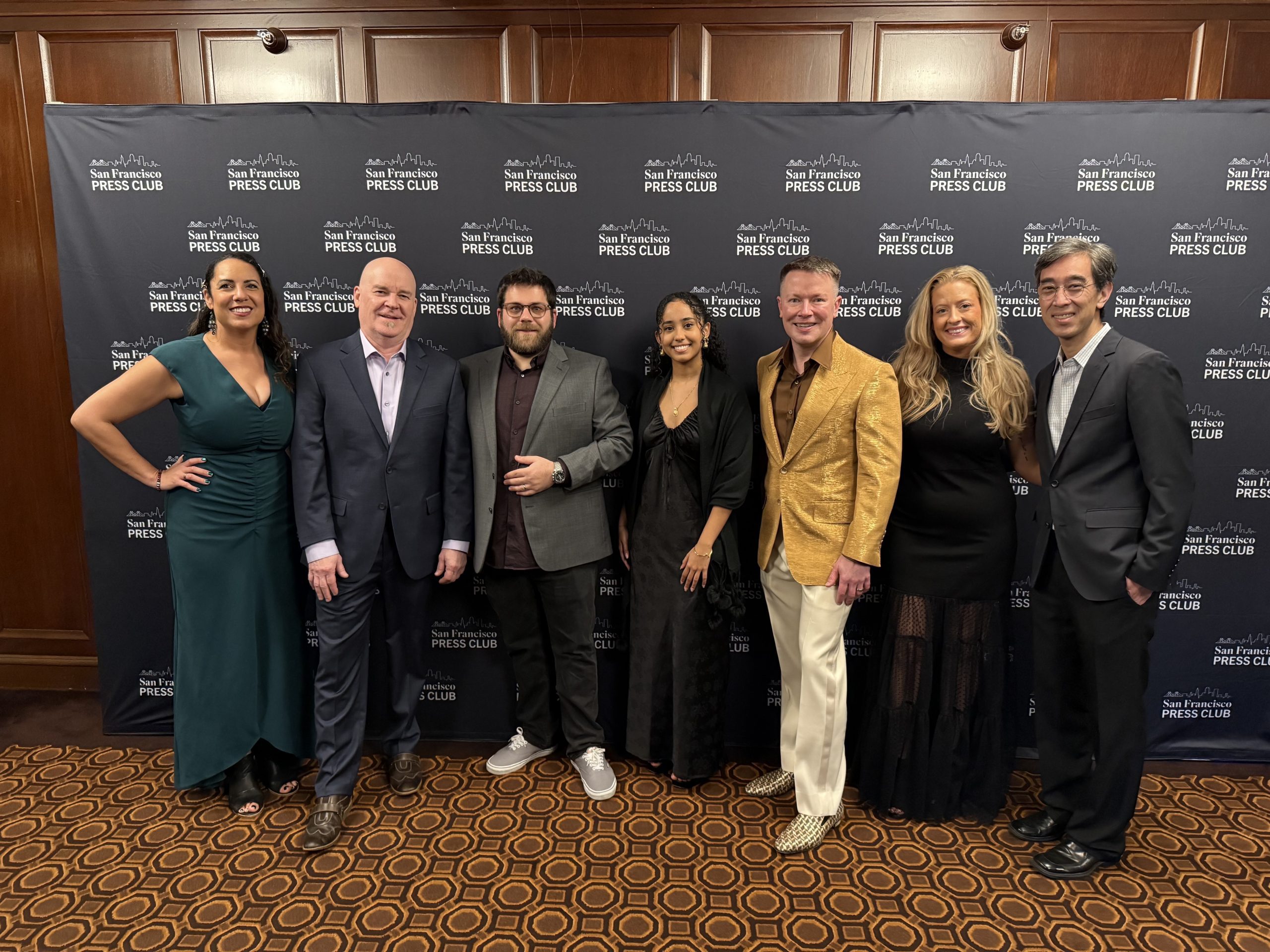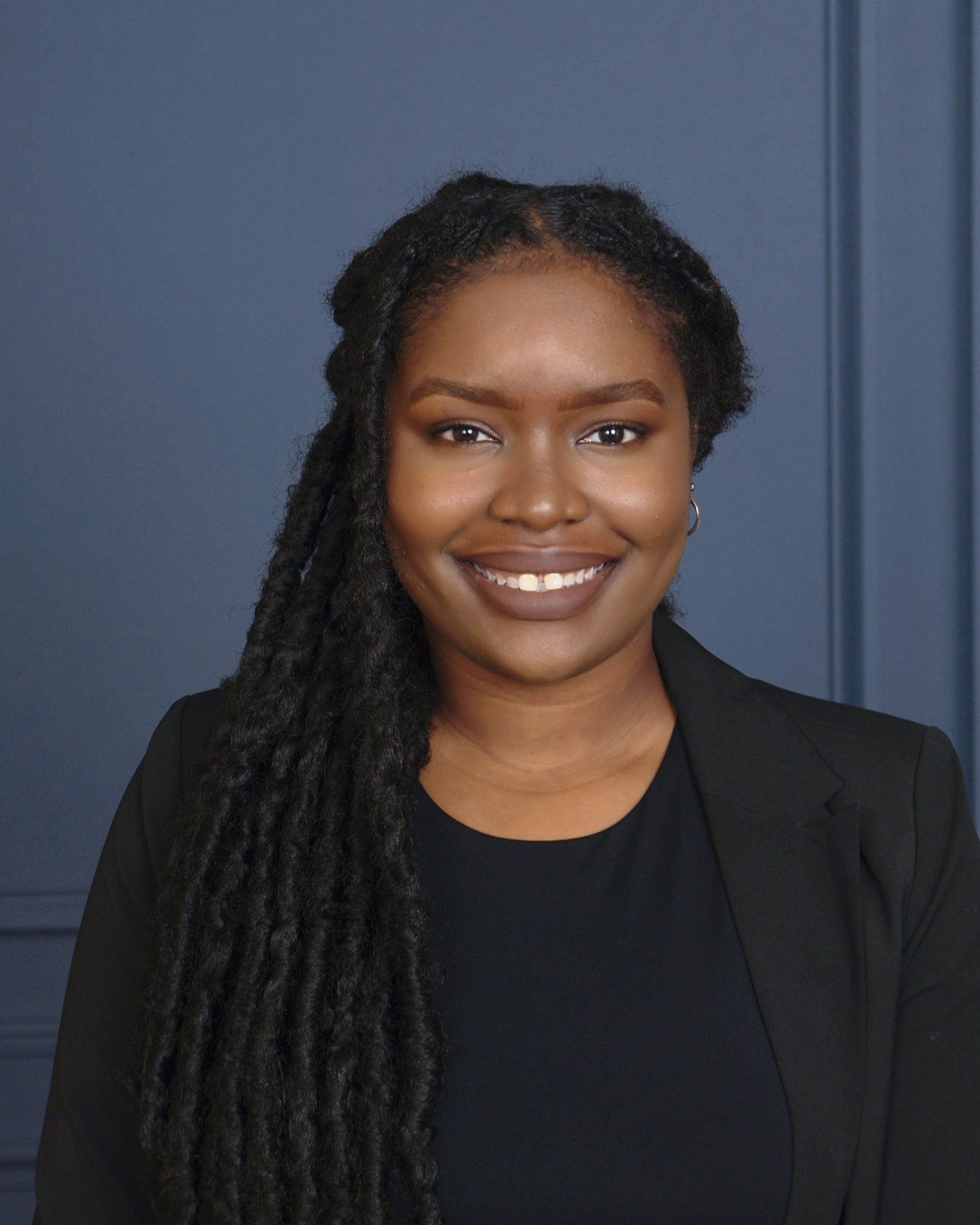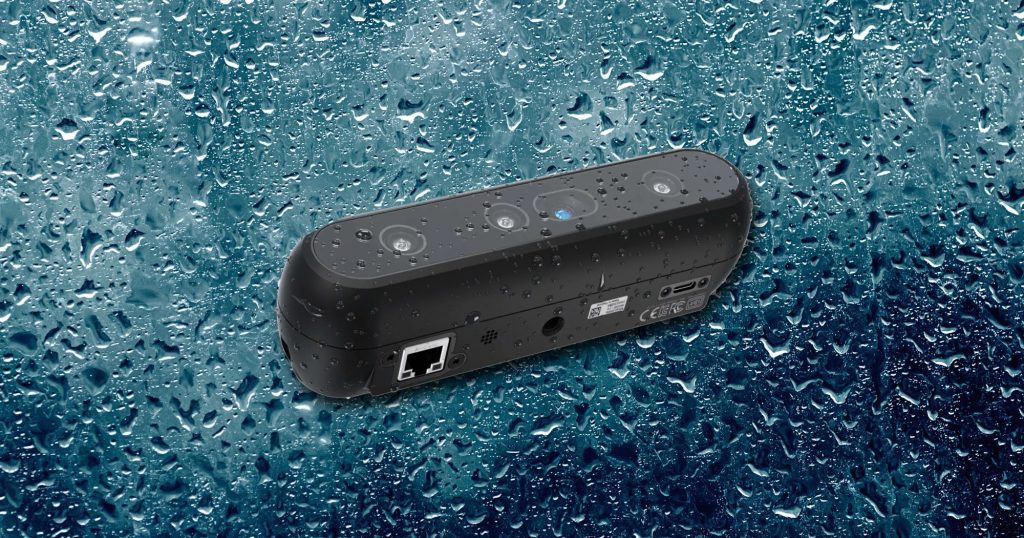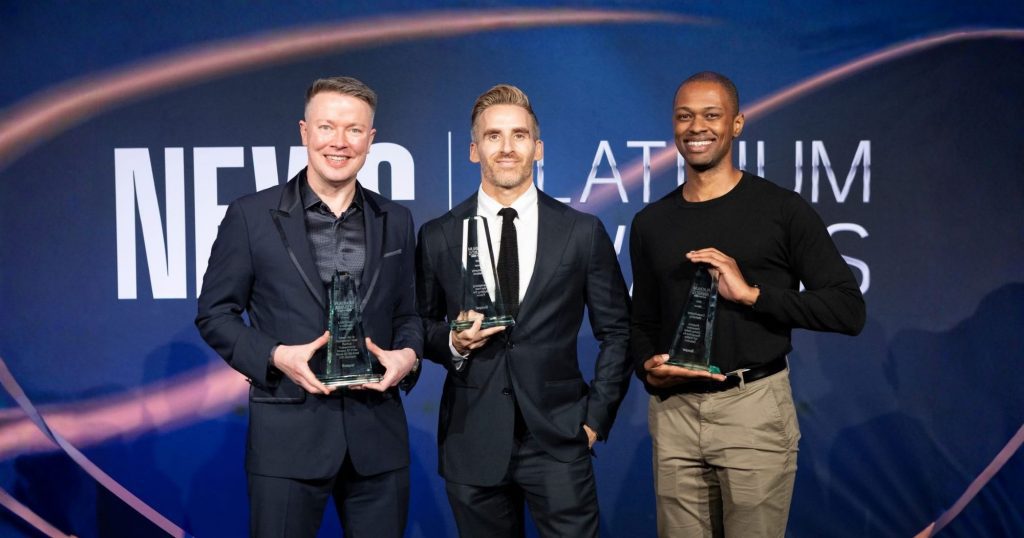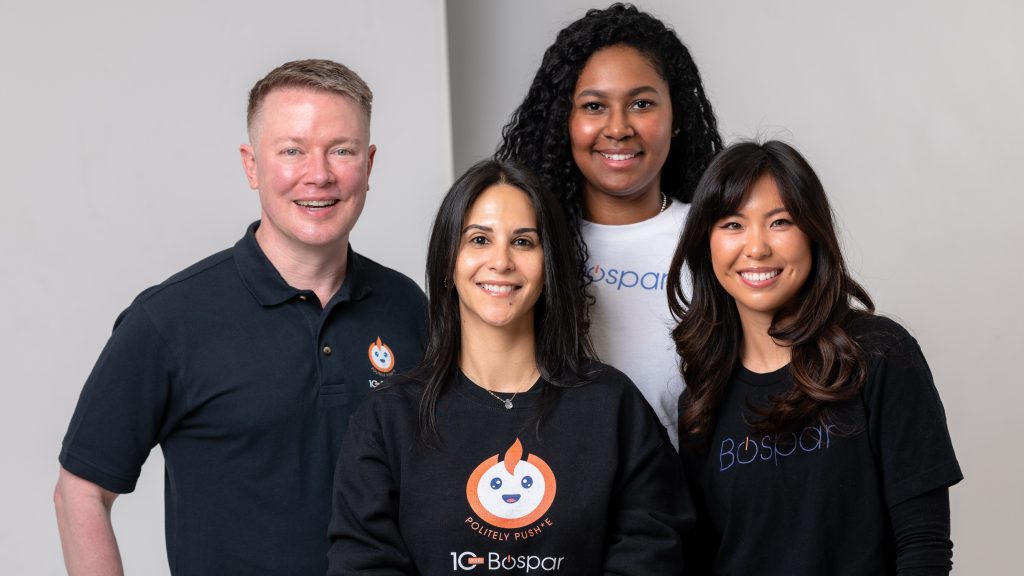What do media relations and a dinner party have in common? A lot more than you might think, according to Bospar’s Director of Media Relations Caroline Kamerschen. She’s seen every side of media relations — from tough reporter questions to landing clients in top media outlets — and knows that interviews, like dinner parties, are all about showing just enough.
In this Expert Insights interview, Caroline pulls back the curtain on what brands often get wrong about media relations, how a brand can know if it’s ready to invest in PR and why a little creativity can make a big impact.
What are brands and execs getting wrong about media relations?
Many clients feel they need to wait for the perfect opportunity to fall in their lap; that it needs to be something that directly ties into their approved brand messaging and back to their overall mission. But those kinds of opportunities are created over time by building relationships with reporters.
Getting a headline that says, “This brand is the greatest that’s ever been around,” doesn’t happen often. Instead, clients should focus on putting themselves out there, building relationships with media outlets and being comfortable speaking beyond their brand.

View it as a reporter meeting you halfway. They have deadlines and assigned stories. Be open to speaking to larger trends happening. Also, understand that it’s okay if the predictions you make are not right every time. Use opportunities to speak with reporters about trends and predictions to build relationships with them over time. Don’t just wait for a dream feature in a media outlet that’s going to change everything.
How can brands get the most from media relations?
Clients that come to us often want to know the relationships we have with top-tier media. Occasionally, they’ll want us to guarantee that we can get them interviews or published articles in The Wall Street Journal, TechCrunch and VentureBeat on a weekly basis.
What they don’t realize is that stories published in those top-tier publications are often initially reported in trade outlets and smaller marquee media outlets. It’s important not to limit success to just tier-one media coverage because trade outlets are usually what their clients, customers and stakeholders read.
Media has a trickle-down effect, where reporters Google your brand and see your earned media in trade outlets. Then, they think, “This is a brand I should chat with,” versus finding a brand that’s exclusively met with Bloomberg.
Brands that are solely top-tier focused would likely only have a few articles written about them. If a reporter searches your brand’s name and sees that, it won’t entice them to give you a great story nor will it show what your brand’s been doing lately.
When is the right time for a brand to invest in media relations?
The right time is when brands have the bandwidth to contribute to making media relations and PR successful — not only from a financial lens, but in terms of their time and efforts. There needs to be collaboration and advocacy on the client side.
Getting the best value and results they want requires a two-way street of communication.
How can brands strike the right balance between staying “on message” and being flexible enough to fit into reporters’ stories?
Few brands think they need media training. But most people, when put on the spot, find it hard to think on their feet. That’s why briefing documents and prep calls are so valuable. As your PR team, we think of the questions that you might not necessarily want to answer and help you be prepared for such situations.
One technique that we often train clients on is bridging, which is when a reporter asks a sticky question, and we want to steer the conversation towards something the client wants to talk about. We use this so clients can control their narrative.
Media interviews are like having a dinner party: You’ve invited people over to your home. They’ll walk around and see your kitchen, living room and bathroom, but you’re not going to show them what’s in your nightstand drawers. With interviews, you’ve invited reporters into your brand, but you also have control over where that conversation goes and what they see.
Clients need to be reminded of that because they can feel like the reporter is calling the shots. However, a conversation takes two people. The more you do interviews, the more you get comfortable in taking control.
We also review notes with three key messages to mention during interviews. That makes training a lot more digestible versus throwing a bunch of content like documents, PDFs and decks of approved corporate messaging at clients. We encourage clients to try to get those three clear points out, while also knowing it’s not the end of the world if they don’t weave them into the conversation.
What excites you most about the future of media relations, especially as AI changes how it looks?
Creativity is becoming even more of an asset that PR professionals can bring to the table. It’s not something that AI can easily replicate.
My favorite clients are the ones with stories to tell, and I’m able to help craft those stories to make them interesting to media. Even on my toughest days, going through 50-page reports to identify the three most newsworthy stats — and piquing interest from a dream outlet — is really gratifying.
The more I grow, the more I’ve learned that even the smartest people in their field can find it difficult to dial everything down to an elevator pitch; that takes a different level of skill. When I feel intimidated during CEO conversations, I’m reminded of what I bring to the table in helping translate their business success and brand story into a meaningful meeting with a reporter.
Putting together a really creative plan strategy for newsjacking and seeing that come off the ground is another exciting part of my job. We had a client’s Newsweek media coverage go live, and the campaign was no easy feat. But being able to see it come to life gave me a level of satisfaction and gratification that AI can’t compete with. I’m excited to see our team challenged to think outside the box and be creative. Creativity is our greatest asset in this AI-driven environment.
What’s the best trip you’ve ever taken and why?
My most recent trip to Paris was incredible. It’s my favorite city. People take the time to sit down at a cafe, get a glass of wine alone and stay off their phones. They’re engaging with the person that’s right in front of them, and that’s really special.
